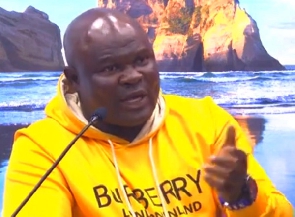One thousand and seventy two persons, made up of 636 females and 436 males in 2019, tested positive to the Human Immunodeficiency Virus (HIV) in Tema.
Eight hundred and seventeen of the number, tested at Tema South where Tema General Hospital, a referral hospital is located while Tema North accounted for 103 of the cases; Manhean and Community One Clinics tested 78 and 74 respectively.
Madam Francisca P. Adzre, Tema Metropolitan HIV Programme Coordinator, disclosing this at the Tema Metropolitan Health Directorate’s performance review, said the 1,072 tested positive out of a total of 12,649 people counseled and tested.
Madam Adzre indicated that 190 out of the figure were pregnant women who tested positive under the Preventive Mother to Child Transmission (PMTCT) programme which seeks to prevent the transmission of HIV from affected mothers to their foetus.
The PMTCT positive figure showed a decrease in the 230 recorded in 2018 and 219 documented in 2017.
Giving more details on the PMTCT, she noted that out of a total of 11,768 Antenatal clinic (ANC) registrants in 2019, 11,278 were tested for HIV at the early stage of pregnancy while 11,037 retook the test at 34 weeks of their gestation.
She stated that her outfit was working hard to reduce new infections among the population of Tema Metro and its environs by at least 10 per cent as well as to achieve the global aim of having at least 90 percent of the people to test to know their status, 90 per cent of those testing positive to receive sustained Anti-Retroviral Treatment (ART) and 90 percent of those on ART to have their viral load suppressed.
Touching on their challenges, she revealed that HIV services were not integrated into other services, missing opportunities of infants born to HIV positive mothers at Child Welfare Clinics (CWC) and in patient wards in addition to lack of support from the Metropolitan Assembly, weak load testing programmes and financial constrains among others.
General News of Tuesday, 11 February 2020
Source: GNA

















